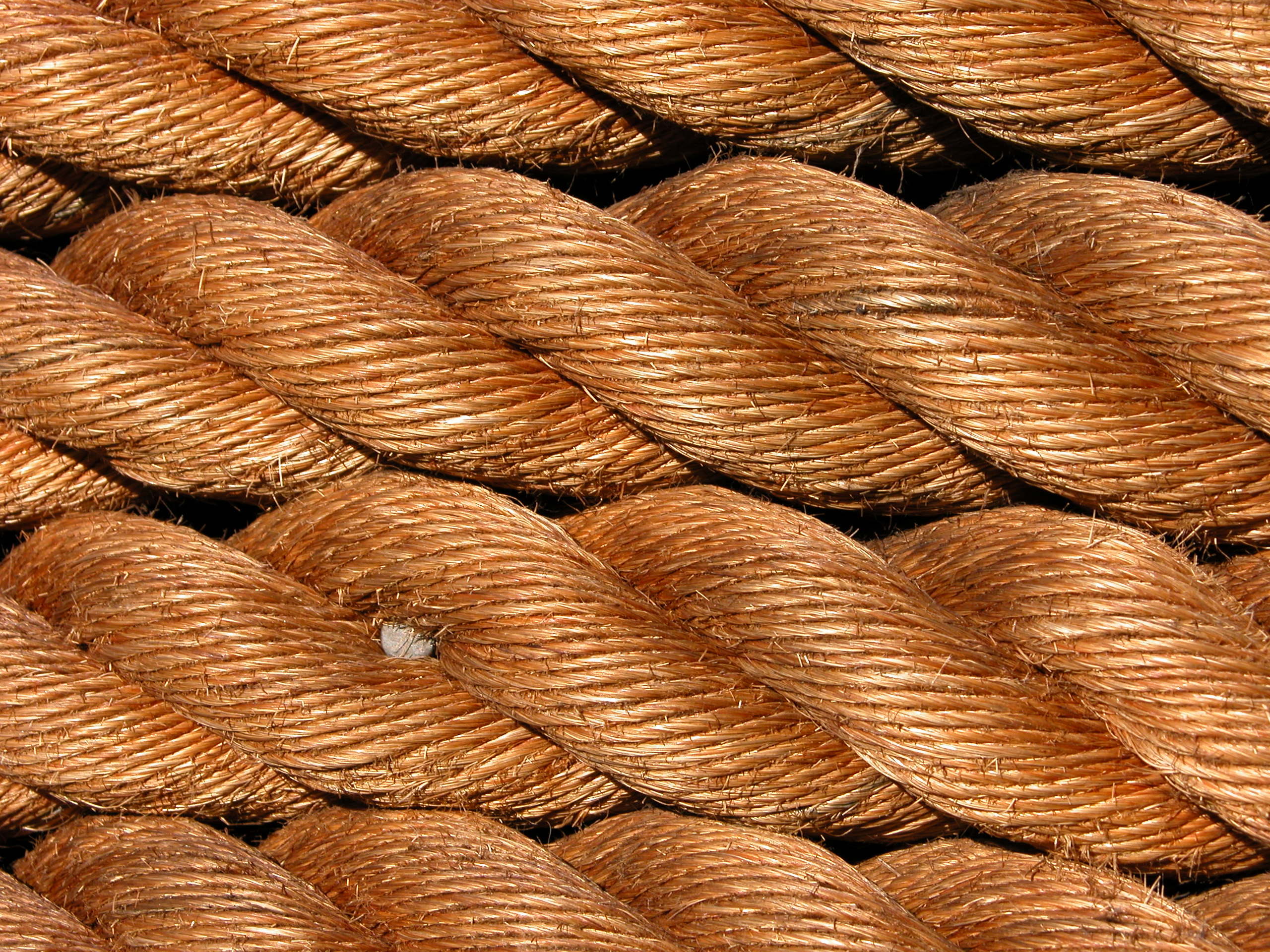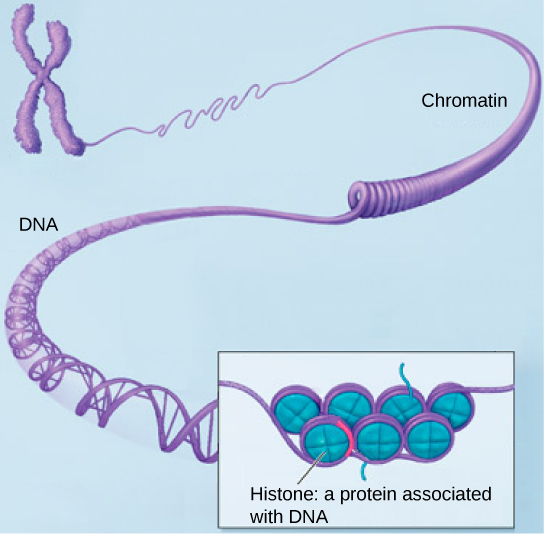Superhelix on:
[Wikipedia]
[Google]
[Amazon]

 A superhelix is a
A superhelix is a
DNA Structure and Topology
at Molecular Biochemistry II: The Bello Lectures. {{Spirals Helices Molecular biology Molecular topology

 A superhelix is a
A superhelix is a molecular
A molecule is a group of two or more atoms held together by attractive forces known as chemical bonds; depending on context, the term may or may not include ions which satisfy this criterion. In quantum physics, organic chemistry, and bioch ...
structure in which a helix
A helix () is a shape like a corkscrew or spiral staircase. It is a type of smooth space curve with tangent lines at a constant angle to a fixed axis. Helices are important in biology, as the DNA molecule is formed as two intertwined hel ...
is itself coiled into a helix. This is significant to both protein
Proteins are large biomolecules and macromolecules that comprise one or more long chains of amino acid residues. Proteins perform a vast array of functions within organisms, including catalysing metabolic reactions, DNA replication, respon ...
s and gene
In biology, the word gene (from , ; "... Wilhelm Johannsen coined the word gene to describe the Mendelian units of heredity..." meaning ''generation'' or ''birth'' or ''gender'') can have several different meanings. The Mendelian gene is a b ...
tic material, such as overwound circular DNA.
The earliest significant reference in molecular biology
Molecular biology is the branch of biology that seeks to understand the molecular basis of biological activity in and between cells, including biomolecular synthesis, modification, mechanisms, and interactions. The study of chemical and phys ...
is from 1971, by F. B. Fuller:
A geometric invariant of aAbout the writhing number, mathematician W. F. Pohl says:space curve In mathematics, a curve (also called a curved line in older texts) is an object similar to a line, but that does not have to be straight. Intuitively, a curve may be thought of as the trace left by a moving point. This is the definition tha ..., the writhing number, is defined and studied. For the central curve of a twisted cord the writhing number measures the extent to which coiling of the central curve has relieved local twisting of the cord. This study originated in response to questions that arise in the study of supercoiled double-stranded DNA rings.''
It is well known that the writhing number is a standard measure of the global geometry of a closed space curve.''Contrary to intuition, a topological property, the linking number, arises from the
geometric
Geometry (; ) is, with arithmetic, one of the oldest branches of mathematics. It is concerned with properties of space such as the distance, shape, size, and relative position of figures. A mathematician who works in the field of geometry is ca ...
properties twist and writhe according to the following relationship:
:''L''''k''= ''T'' + ''W'',
where ''L''''k'' is the linking number, ''W'' is the writhe
In knot theory, there are several competing notions of the quantity writhe, or \operatorname. In one sense, it is purely a property of an oriented link diagram and assumes integer values. In another sense, it is a quantity that describes the amoun ...
and ''T'' is the twist of the coil.
The linking number refers to the number of times that one strand wraps around the other. In DNA this property does not change and can only be modified by specialized enzymes called topoisomerases.
See also
*DNA supercoil
DNA supercoiling refers to the amount of twist in a particular DNA strand, which determines the amount of strain on it. A given strand may be "positively supercoiled" or "negatively supercoiled" (more or less tightly wound). The amount of a st ...
(superhelical DNA)
*Knot theory
In the mathematical field of topology, knot theory is the study of mathematical knots. While inspired by knots which appear in daily life, such as those in shoelaces and rope, a mathematical knot differs in that the ends are joined so it cannot ...
References
External links
* * *DNA Structure and Topology
at Molecular Biochemistry II: The Bello Lectures. {{Spirals Helices Molecular biology Molecular topology